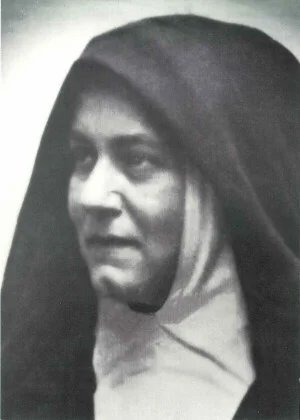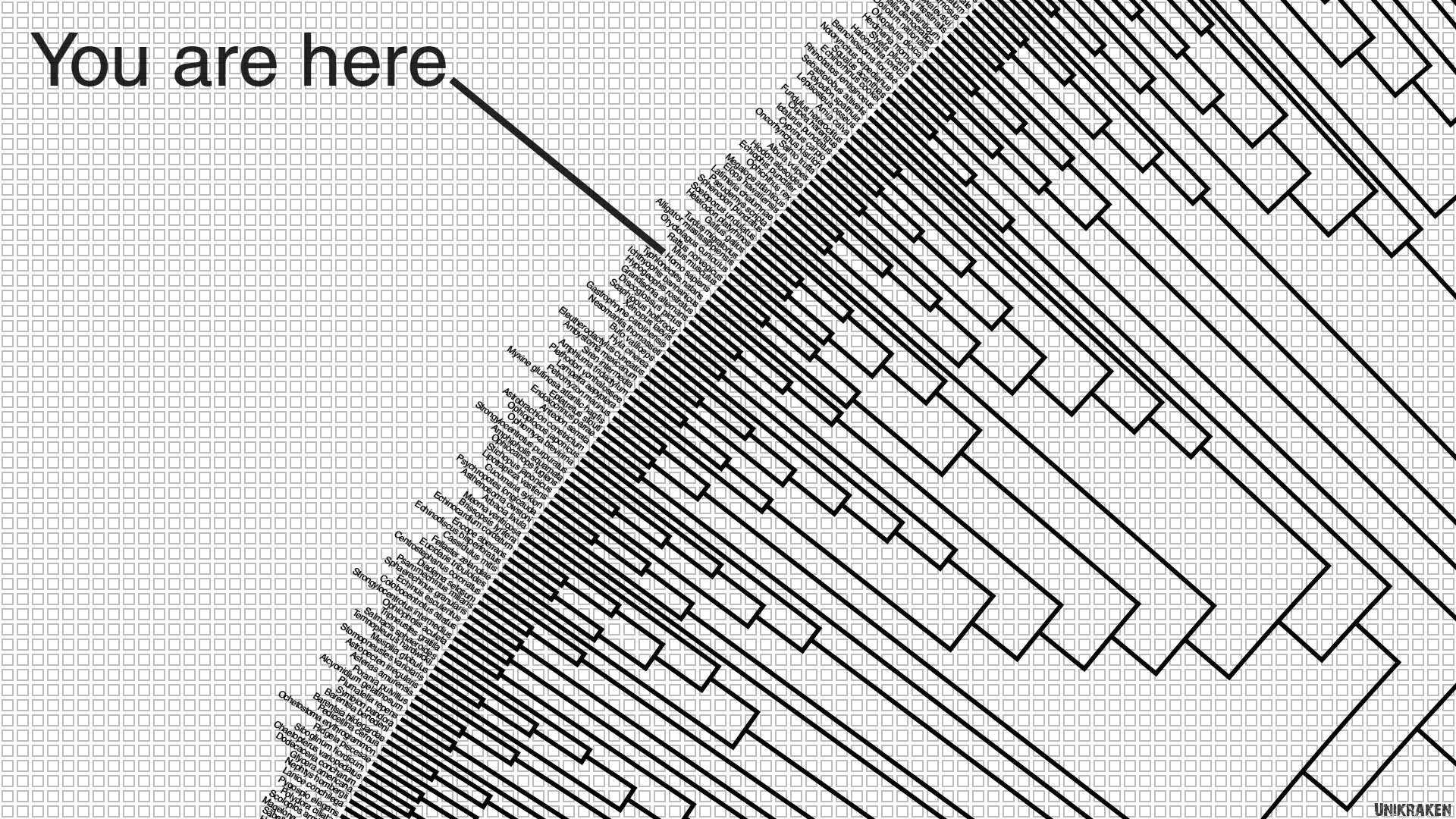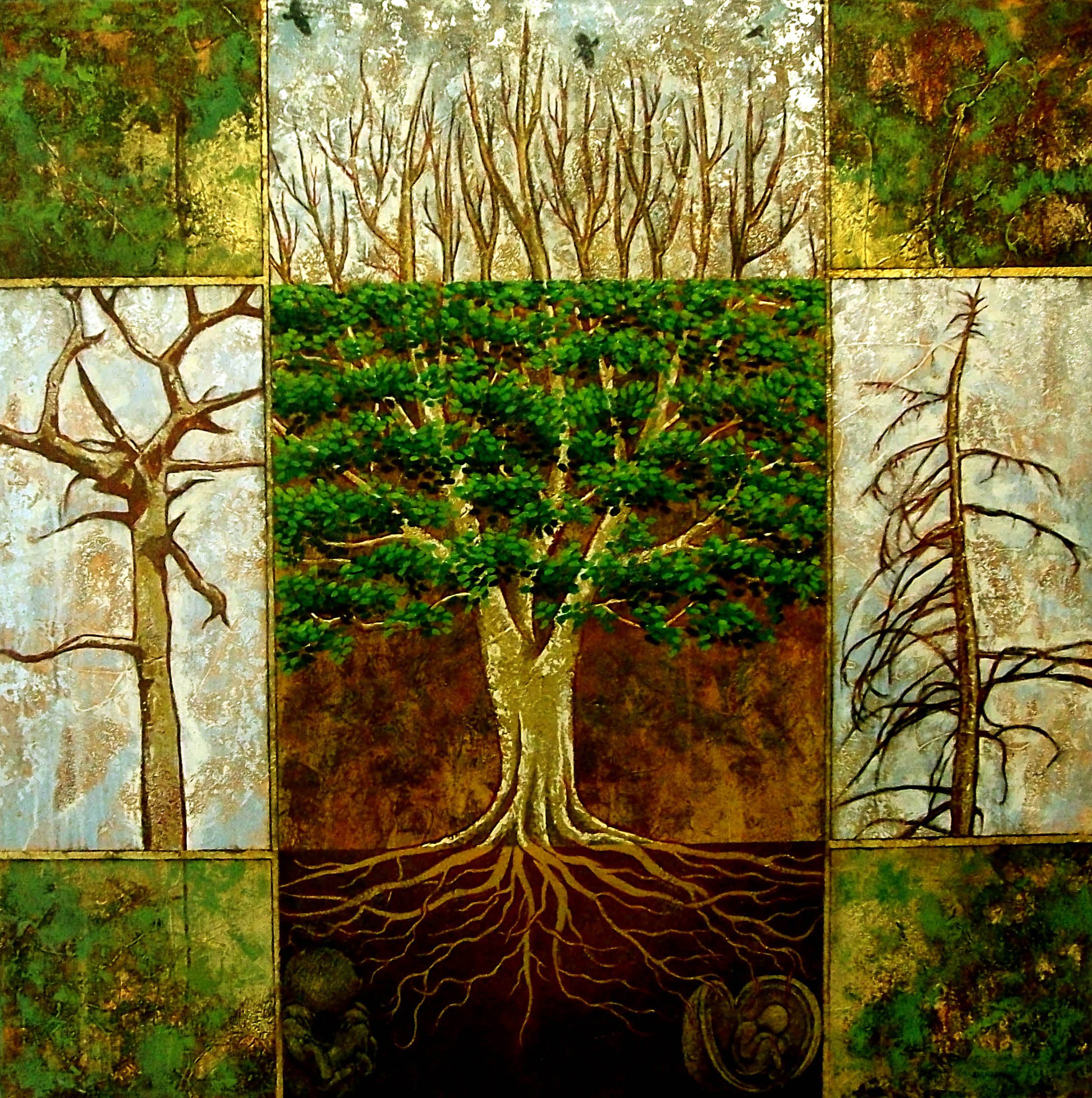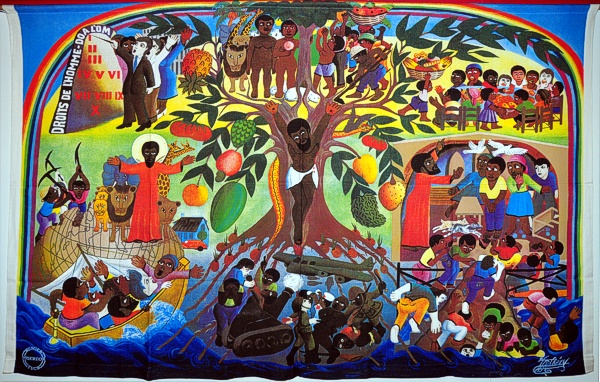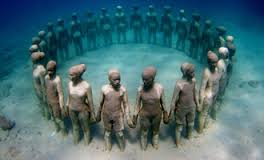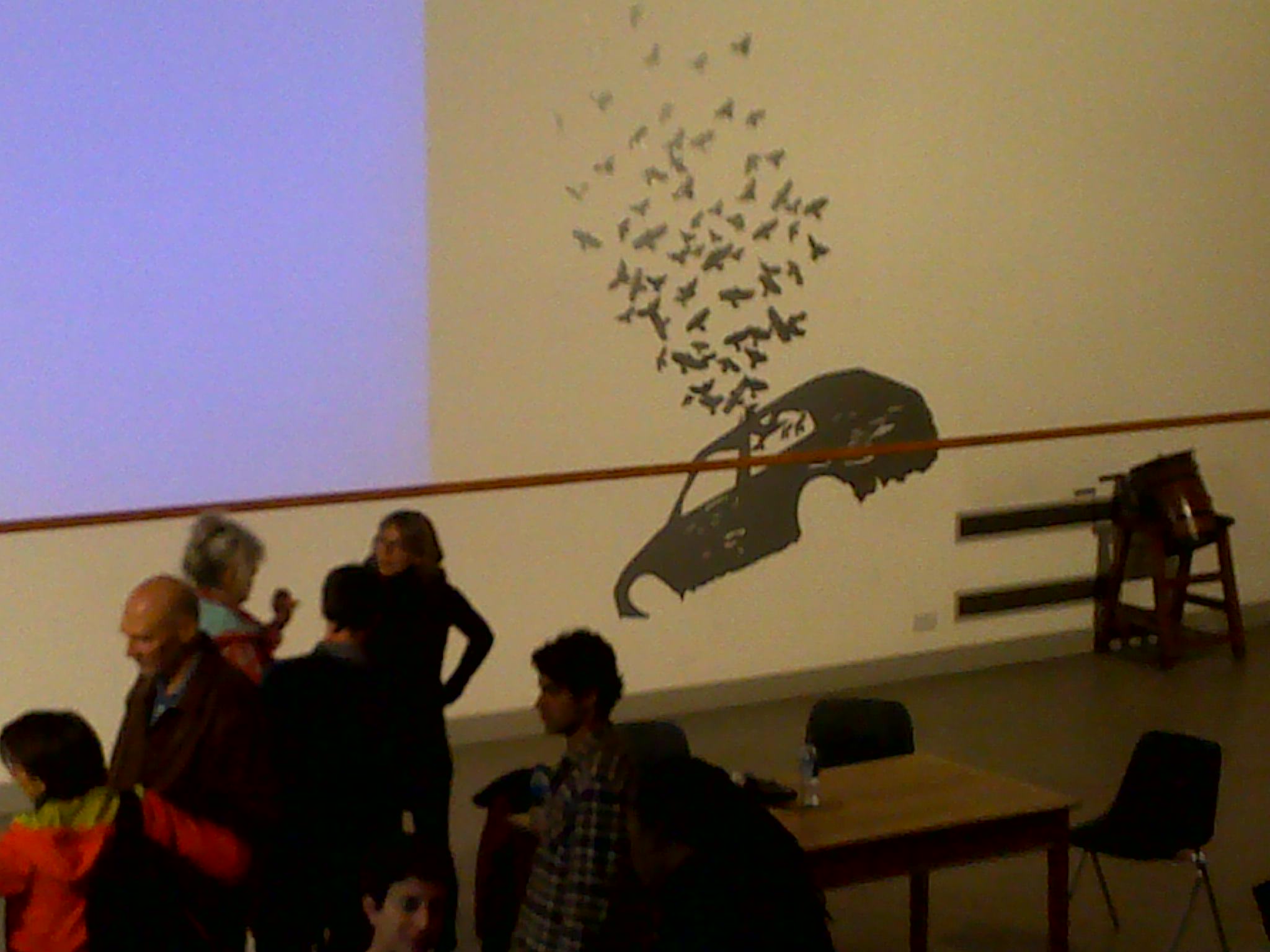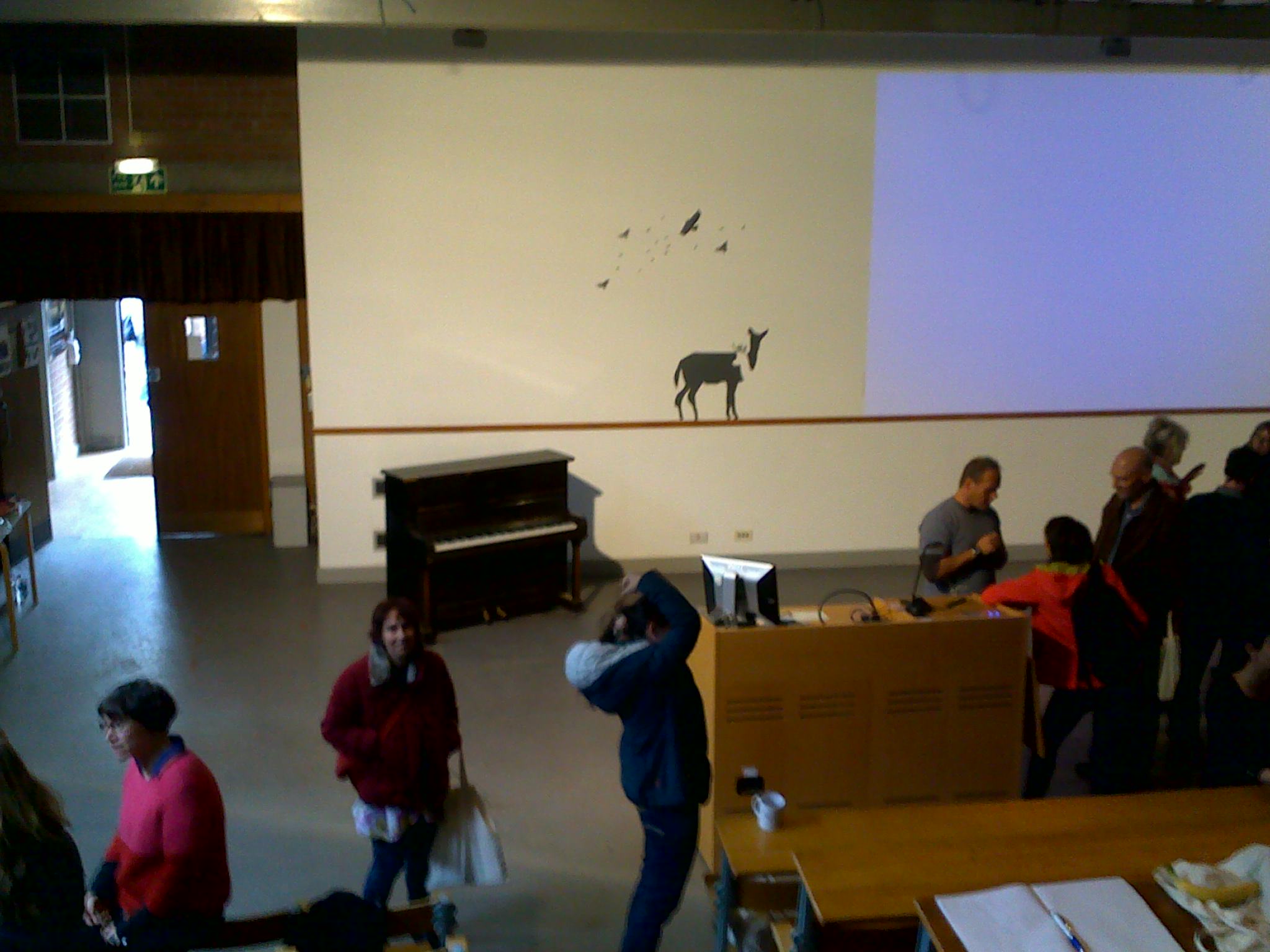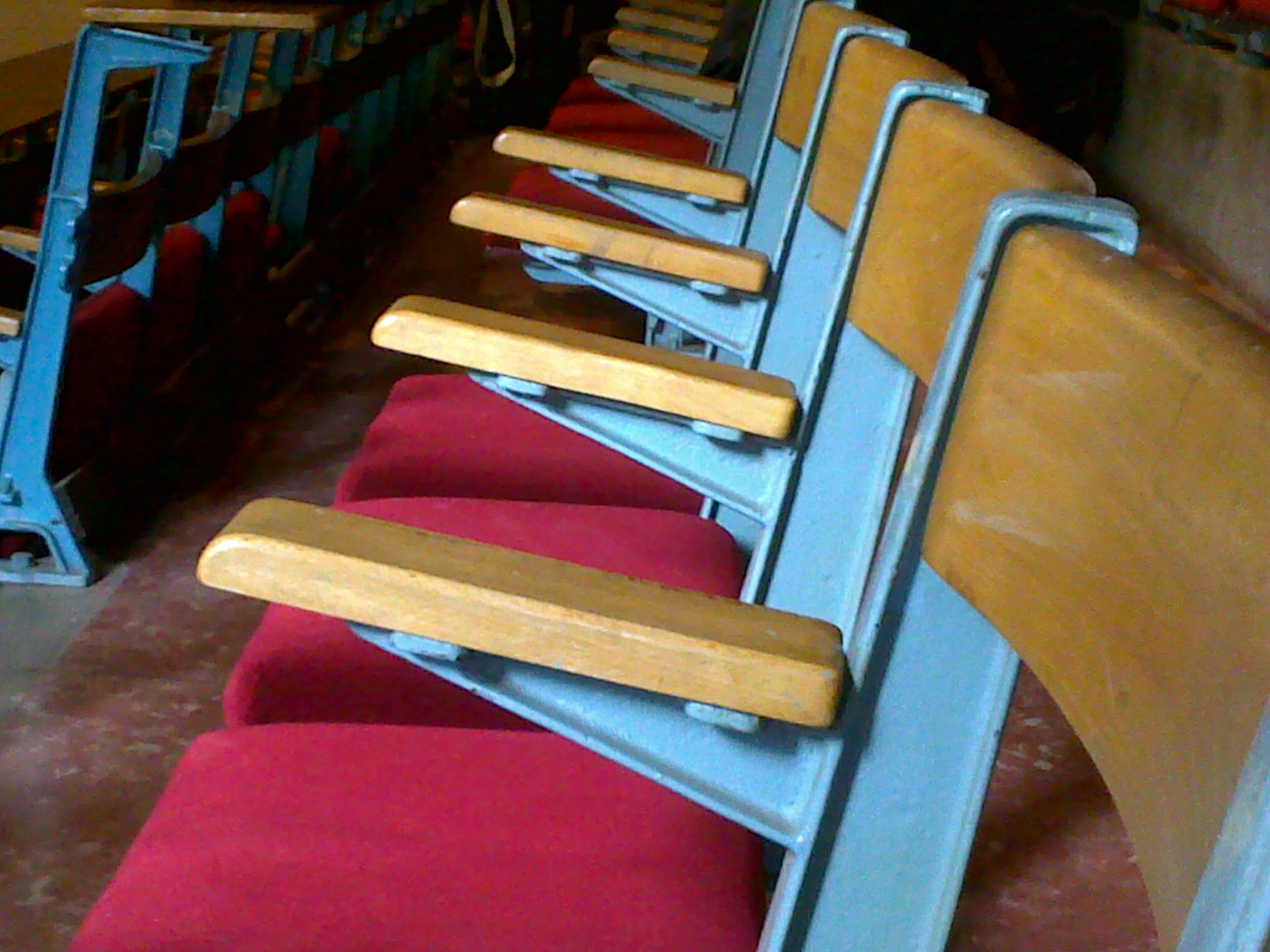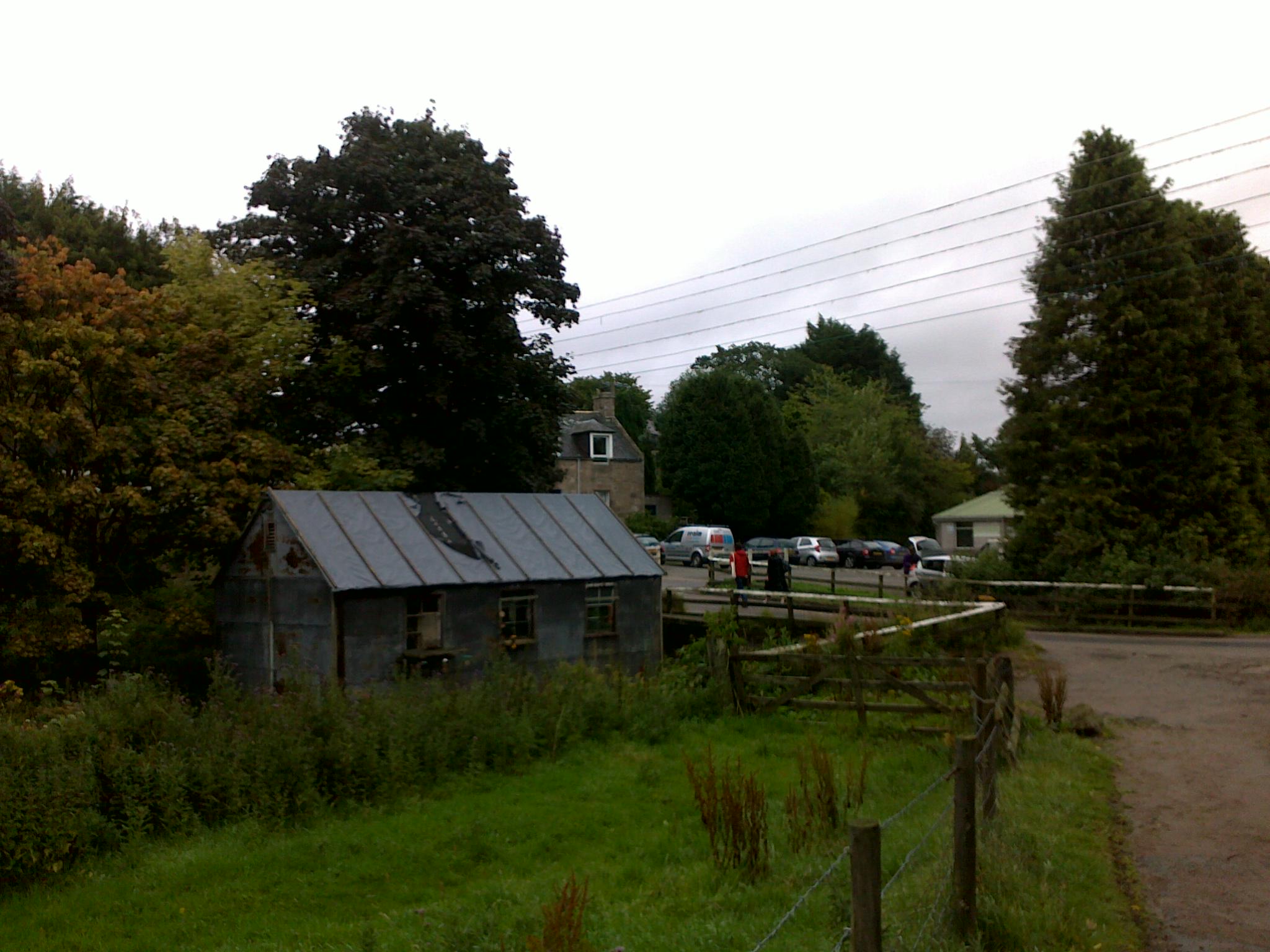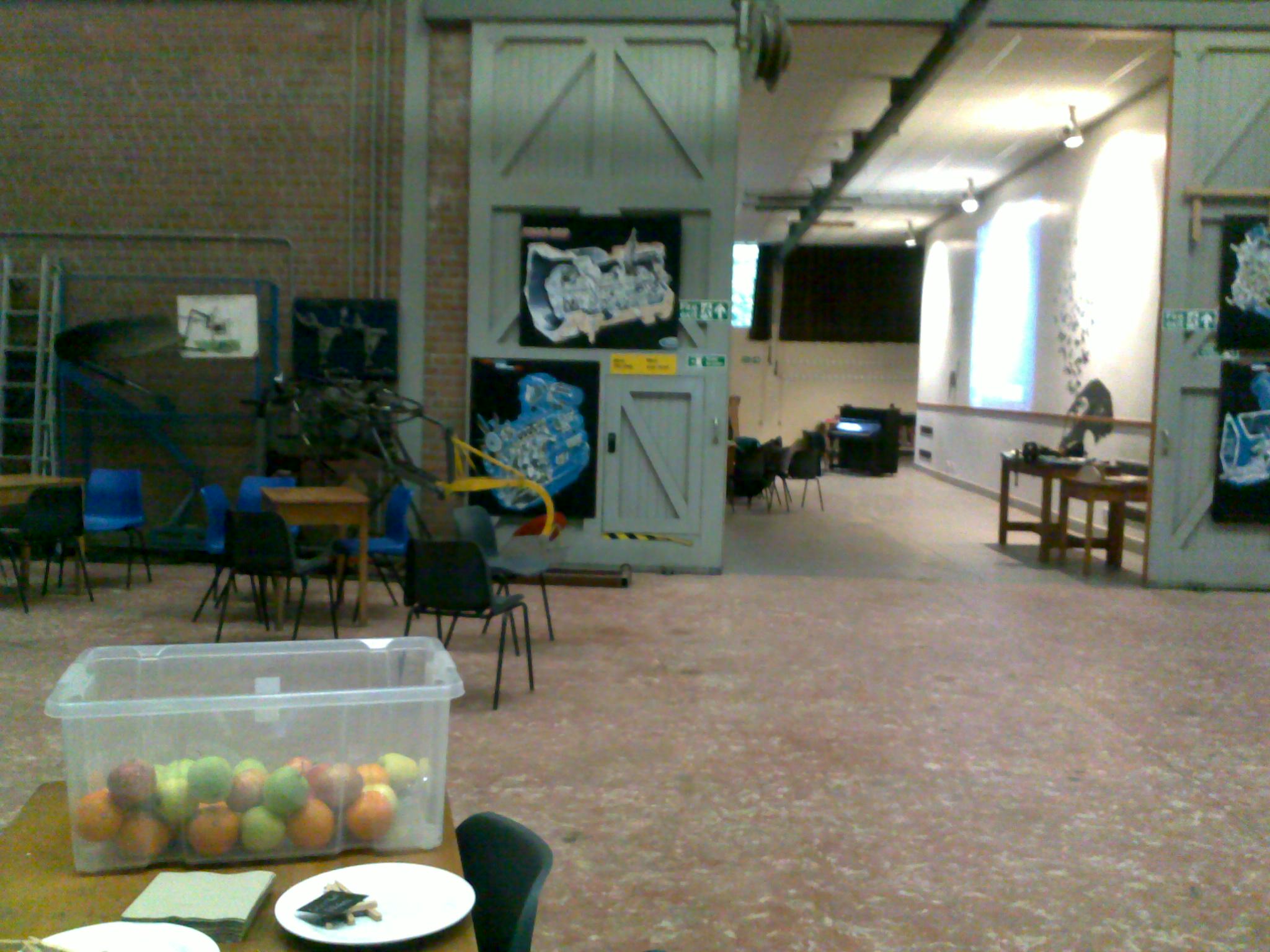By Jared Schumacher This past week, renewed attention has been given to the so-called “Catacombs Pact”, an agreement signed by a coterie of bishops in the closing days of the Second Vatican Council. As this year marks the 50th anniversary of the Council’s closure, renewed focus on the Pact makes sense. What is more, the content of the Pact also seems ripe for reconsideration given that its central emphases are in line with Pope Francis’ overall tone and message that the Church be a “Church that is poor, for the poor.”
In many ways, the document itself is a laudable effort by shepherds of the Church to recover “the smell of their sheep”. Its paragraphs are rife with practical themes treated by the Council, including a renewed emphasis on episcopal collegiality, more focus on lay activity in the vital ministries of the Church, and a rejection of material waste and ostentation in the Church’s life and mission.
Indeed, the Pact goes further than the Council in a few key respects. It calls for a personal renunciation of both honorific titles and personal property by the signees, even the personal resignation of “everything that may appear as a concession of privilege, prominence, or even preference to the wealthy and powerful.” These principles of the Pact thus stand at the hyperbolic vanguard of what later liberation theologians have called “the preferential option for the poor”, now officially part of Catholic social teaching (c.f. Compendium of Social Doctrine of the Church, §182).
In general, the Pact was emblematic of the time in which it was pledged, where leaders in the Church were seeking to find fresh and faithful ways of making a difference in the world in imitation of the poverty of Christ and the early Church.
The economical and political relevance of the Pact for today
Fifty years have now passed, with the Pact largely lost to history. Few ever knew of its existence, let alone felt its influence. It has recently been brought back into the light of day thanks in part to a documentary produced in 2012 and recent traction from theological observers keen to relate the content of the document with Pope Francis’ view of the Church’s mission.
Take as an example this recent articulation of the Pact’s import. David Gibbons argues for the significance of the Pact as a call for the Church to resist the excesses of capitalism and the “income inequality and economic injustice” it tends to promote. His argument for semblance between Pact and Pope is strong, given that Francis’ most recent encyclical, Laudato Si’, focuses heavily on the “throwaway culture” of market capitalism and its devastating social and environmental effects, one of which is economic inequality.
But more than a document concerning economic justice, the Pact contains political elements as well. Though he does not mention it directly, Gibbons is sensitive to this political register when citing the words of Brother Uwe Heisterhoff––one of the administrators of the Domitilla catacombs where the Pact was signed––to critique “conservative apologists” who would use the catacombs as a rallying image to maintain political power. In his view, rather, the catacombs represent “a Church without [political] power”, given the Church’s history of secret services in the catacombs in times of political disfavor.
Such politically contentious readings of the Pact find support in one particular paragraph which suggests that it is as much a political call to arms as it is a pastoral call to economic action. As I do research in political theology, it quite naturally caught my eye. It reads:
We will do everything possible so that those responsible for our governments and our public services establish and enforce the laws, social structures, and institutions that are necessary for justice, equality, and the integral, harmonious development of the whole person and of all persons, and thus for the advent of a new social order, worthy of the children of God. See Acts 2,44-45; 4,32- 35; 5,4; 2 Corinthians 8 and 9; 1 Timothy 5,16.
How to (not) read the Pact politically
At one level, this passage can be read as a call to the practical exercise of Christian charity and justice in all aspects of life, even the political. It resembles that ancient type of Christian speech professed by the martyrs, i.e. speaking truth to power. Viewed in this light, it stands on a well-grounded tradition of Catholic social thought. However, closer scrutiny of the passage demonstrates its ambiguities and problems. Two appear most prominent. The first is the extremity of the language used, particularly at the beginning. “We will do everything possible….” It might seem obvious that Machiavellian political options would be off the table for the episcopal signees, and yet the lack of qualification is equally apparent. Not “everything in our God-given power”, not “everything Jesus would do”, not “everything justice calls for”, but “everything possible.” Would supporting an armed insurrection against an ‘unjust’ regime be fair game for the document’s signees? From the text alone that option would be difficult to discount.
[The extremity of the language used is problematic in other parts of document as well, c.f. the already cited “everything that may appear as a concession of privilege, prominence, or even preference to the wealthy and powerful.” It is not difficult to imagine how a radical interpretation of that language could lead to some troubling outcomes.]
The second concern I have with the phrasing of the passage is the immediacy with which actions on behalf of charity and justice are linked with “the advent of a new social order.” Biblical scholars have long noted a change in biblical eschatology, from “imminent return” beliefs of the early biblical authors to a more balanced “delayed parousia” position of the later biblical writers. That arc can be traced on Christian theology as a whole, where immediate eschatological expectation is moderated by a call to patient suffering in the time between times. The problem I have with the language of the Pact is that it can be read against this trend of theological moderation, favoring a radicalized eschatological reading of present political realities.
Moreover, the shift to immediacy is couched within language which assumes that the political apparatus of the State is the instrument responsible for ushering in the Kingdom of God. This assumption leaves far behind the balanced considerations of St. Augustine, whose line of demarcation between the City of God and the City of Man saved Christianity from the political ruin of Rome. Any of those seeking in the Catacombs Pact a political ideology do well to remember the history of the Church and the dangers of confusing any earthly polis with the New Jerusalem of Christian expectation. While it is the Church’s mission to begin forming people in the habits of upright citizenship, that citizenship––until the eschaton––remains in heaven (Phil. 3:20). As a result, Christians are to remain political pilgrims on earth, putting their trust in Christ and not political ideologies.
It is not irrelevant to this final point that the Compendium of Catholic Social Doctrine follows its seminal paragraph on the preferential option for the poor with a paragraph noting the dangers of ideological messianisms (§183). One of the reasons Gibbons notes that the Pact initially failed to garner larger influence was that “it had the odor of communism”; given the ambiguity of this pivotal passage, it is not difficult to see why many might think so.
Surgeons, not revolutionaries
In summation, given both the frequency today with which a call for economic justice is easily captured in political narratives of left v. right, liberal v. conservative, and given the ambiguities internal to the document itself, there is a danger in reading the Pact––which was only ever intended as a voluntary personal profession of pastoral solidarity––as a theo-political program, an affirmation of statist secularism accompanied by an ecclesiology in which the Church is no longer “the people of God”, but a social service organization or advocacy group. Such a reading would do violence to the positive potential of the Pact and to the nature of the Church affirmed at the Second Vatican Council in Lumen Gentium.
If the Church is truly going to be “the field hospital” of the world, as Pope Francis rightly declares it to be, this means that it cannot be a combatant in merely political conflicts. As field medics know well, picking up a gun turns the red cross on their helmets into a bullseye. The doctors of the Church serve a higher purpose than ensuring which side wins in a political contest of wills. The Church’s calling is to wash the bodies of political victims indiscriminately, while sharing with all the discriminating message of truth: one has already come to show us a way beyond political tumult, and he will come again to bring a Kingdom of Peace not of this world.
The Church does not have much at stake in whether Democrats or Republicans or Whigs or Tories or Labour parties win an election cycle. For the Church’s war is “not against flesh and blood, but against the spiritual powers and principalities of this present darkness” (Eph 6:12). This does not mean that the Church withdraws from the world or its vast array of sufferings. It rather recognizes that the Church’s fundamental mission is to drop the sword and pick up the scalpel. It is easy to confuse the two, but the differences are vast.
In order to honor the positive message of the Catacombs Pact, the Church must follow the lead of its signees in getting its hands dirty; but it must also remember the danger of confusing the blood on the surgeon’s hands with the blood on the revolutionary’s. For the Church follows the Son of the Father named Jesus Christ, not the political radical Bar-abbas.

